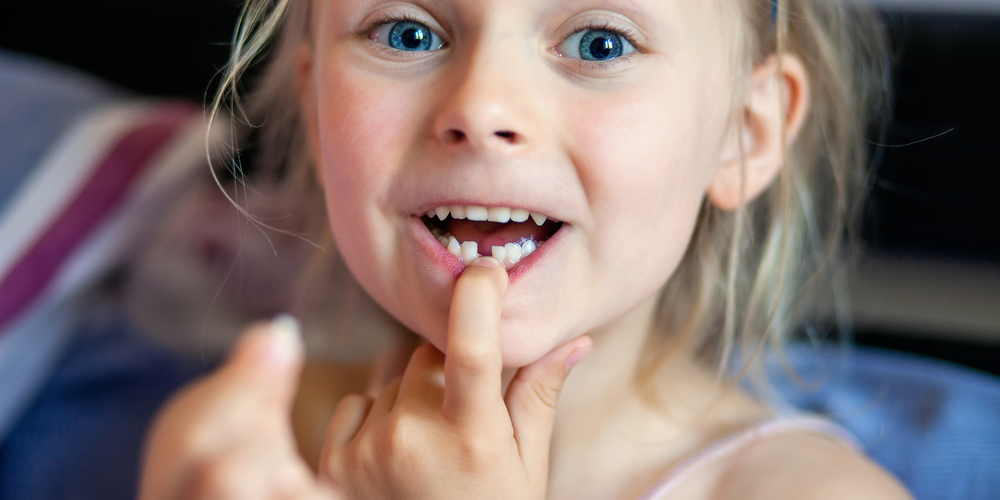The milk teeth or baby teeth are the first set of teeth to develop. All babies get their milk teeth through at the age of 6 months or so although some develop them at an earlier age than this.
The milk teeth appear gradually over a period of 2 to 3 years. There are 20 of these teeth in total which starts with the incisors followed by the canines and then the molars.
Visit the glossary for a description of these teeth.
Are the milk teeth important? Yes they are as they provide a number of important functions such as enabling you to eat and speak as well as eventually making way for the permanent teeth.
They are formed along with the muscles and bones of the jaw and play a vital role in the development of the mouth (and teeth).
Loss of milk teeth in childhood
Most children get their full set of milk teeth by the age of 2 or 3 at the latest. They retain these teeth for the next 3 to 4 years before they start to fall out from the age of 6. This is a completely normal stage in a childs development in which their baby teeth are replaced with a permanent set of adult teeth.
View it as a part of growing up: a child will usually have all of their permanent teeth by the time they enter puberty, e.g. 12 or 13 years.
How are the milk teeth lost? The process is based on the emergence of the permanent teeth: as these teeth appear they put pressure on the roots of the milk teeth causing them to be reabsorbed by the permanent teeth.
But the milk teeth can be lost before the age of 6 as a result of poor dental care or tooth decay caused by too much sugar in the diet. Plus they can be lost if the child falls over or bites an object which is too hard which then causes a tooth to break.
Tooth loss and the tooth fairy
The loss of the milk teeth is usually celebrated by means of a gift in the form of money. Many children are brought up with the custom of the tooth fairy who visits them to exchange money for their missing tooth.
The child places the tooth under their pillow at night and wake up in the morning to find that this has been exchanged for money. This is traditional in the UK; other countries may have their own customs regarding the loss of milk teeth.
You may remember what it was like when you were losing your milk teeth. The chances are that it involved you trying to remove a tooth which has become loose as this was causing problems with eating or other similar actions.
What often happens is that you have a mixture of teeth between the ages of 6 and 12. This is a combination of milk and permanent teeth with the permanent teeth gradually pushing out all of the milk teeth.
